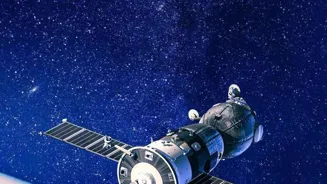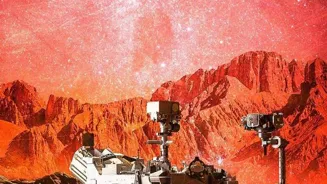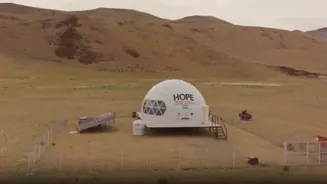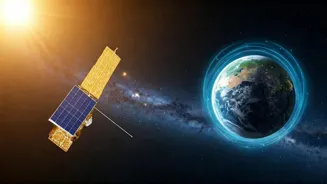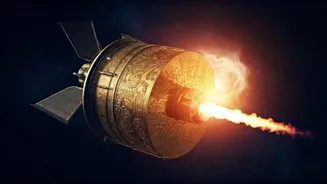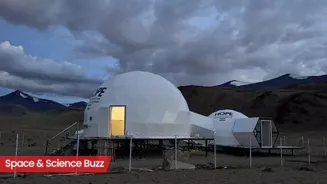Unveiling the Mystery: How Do Satellites Work? Dive into the tech that powers our world! Read more to unravel the secrets
From catching the latest cricket scores to predicting the monsoon's arrival, satellites
are the silent workhorses powering much of modern Indian life. But have you ever stopped to wonder how these incredible machines, orbiting high above us, actually function?
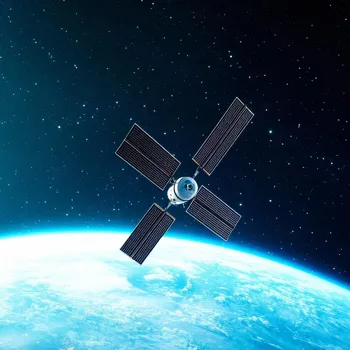
It's not just rocket science (though that's definitely involved at the start!). Let's break down the essential components that allow satellites to do their job, orbiting in space, connecting the world, and helping us understand our planet better.
These are the most common components that help a satellite to work properly and efficiently.
Satellite's antenna crucial for sending/receiving signals efficiently
The most important component of a satellite is the antenna, which is the main part of a satellite. Basically, satellites communicate with ground stations on our planet through radio waves. The antenna is in charge of sending and receiving these signals, like a high-tech walkie-talkie.
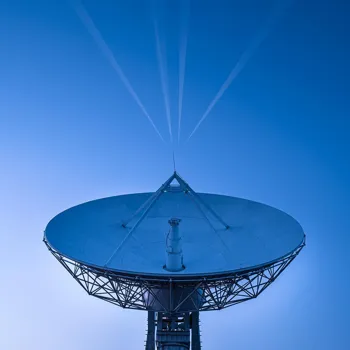
Its job is to send the signals to the earth and receive signals back from the earth. The designing of the antenna should be in such a way that it should be capable of sending signals easily, and receiving signals. Sending and receiving data is the main task of the antenna.
The shape and size of the antenna will vary based on the satellite's mission and the frequencies it uses.
Transponders amplify signals, change frequency to prevent interference. TT&C controls satellite functions
Then we have the transponders, which act like translators. When a signal comes from Earth stations, the mission of the transponders is to take the signals, amplify it, and change the frequency. After this process, the signals are sent back towards Earth.

This frequency shift is very important and necessary, it prevents interference between the incoming and outgoing signals. We have the telemetry, tracking, and command (TT&C) system. This is the link between the ground and the satellite.
The TT&C system helps control the satellite by giving certain commands. It is also in charge of sending data regarding satellite health and performance to ground stations.
Onboard computer: the brain managing satellite functions
The next important component is the onboard computer also known as the flight computer. It works just like the CPU of a computer, which we use at home or in the office. Its role is to manage and control all the different functions of the satellite.
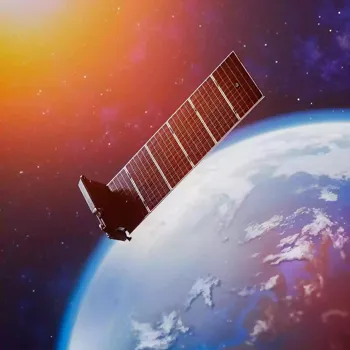
The flight computer is responsible for doing all the calculations and executing commands. It takes information from other subsystems, processes the information and gives the right output. Think of it as the brain of the satellite, keeping everything running smoothly.
The onboard computer ensures the satellite follows its programming correctly and makes informed decisions without direct human intervention.
Satellites rely on solar panels and batteries for power
After the computer, we have the power system. Satellites need a constant source of energy to keep all their equipment running. Most satellites make use of solar panels for power. These solar panels convert sunlight into electrical energy.
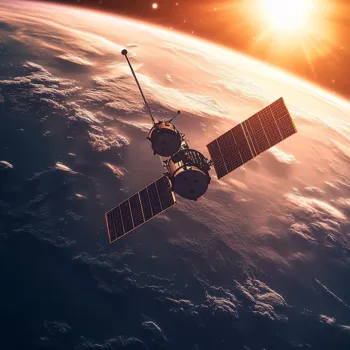
If sunlight is not available, then during that time batteries kick in. The batteries store energy produced by the panels. It is stored so that it can be used when the panels are not able to generate energy. Managing these power systems and the batteries is a significant job.
The electrical power of the satellite is generated mainly with the help of this system.
Propulsion system guides satellite in orbit and end of life
Next comes the propulsion system, it is like the satellite's steering wheel or engine. Once the satellite is launched into space, the propulsion system gets into work. Its work is to keep the satellite in its proper orbit.
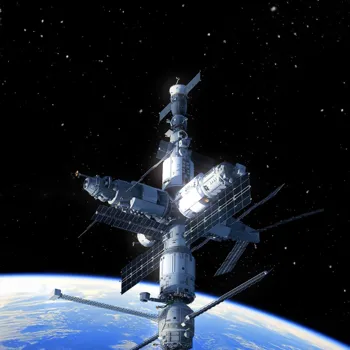
If it goes out of the assigned orbit, this system guides it back to the original orbit. These systems use small thrusters which help in making tiny adjustments to the satellite’s orientation and position. The satellite propulsion is also useful at the end of life.
The last function of the system is to push the satellite toward earth so that it falls down into the atmosphere.
Satellite attitude control system maintains orientation in space
The attitude control system ensures the satellite is pointing in the right direction. Imagine trying to take a steady photo from a moving train – that's what this system does, but in space!

It makes use of sensors, gyroscopes, and other equipment to figure out the satellite's position and orientation. It also uses thrusters to make adjustments, so that the satellite stays pointing at the right location.
Maintaining the correct attitude is very important for things like communication with Earth or taking accurate images.
Satellite thermal control system stabilizes temperature in space
Lastly, the thermal control system which regulates the temperature. Space can experience big temperature differences in some instances, reaching boiling to freezing point. The components of the satellite are sensitive to this temperature difference.

Hence this system is used to keep the temperature stable. It uses radiators, heaters, and insulation to protect the satellite from extreme temperatures. This ensures that the satellite's delicate electronic equipment isn't damaged by the heat or cold in space and can continue functioning properly.
Satellites' crucial role in technology and daily life
These satellites are essential for communication, weather monitoring, and national security. From your DTH television to crucial information regarding the monsoon, satellites touch almost every aspect of life.

Recognizing the main parts that make these space marvels function not only shows the ingenuity of engineers also helps in understanding the technology that influences our tomorrow more knowledgeably.
AI Generated Content. Glance/InMobi shall have no liability for the content